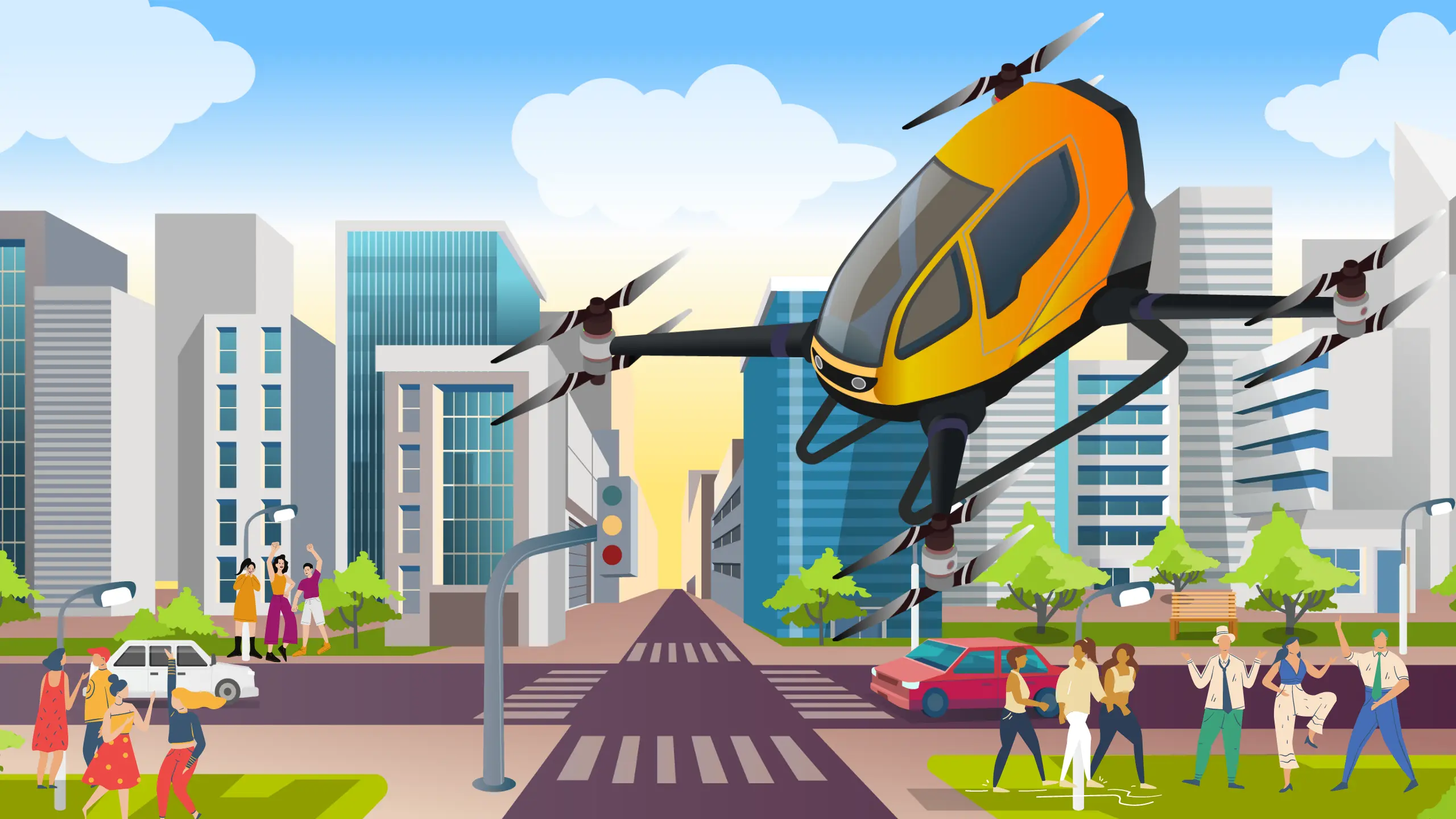Innovation in the profession of urban transportation has arrived at new levels with the coming of electric flying taxis. These airborne vehicles are ready to rethink sustainable mobility and efficiency in urban scenes, on account of amazing technological advancements. This article investigates the sky-high potential of electric flying taxis and the groundbreaking effect they guarantee on the future of transportation.
Exploring the Skies with Technological Improvements
Electric flying taxis embody the wonders of battery technology, empowering them to take off through the skies with negligible carbon impression. The coordination of state-of-the-art batteries permits these vehicles to accomplish longer flight spans while keeping up with ideal execution. This technological jump improves their efficiency as well as contributes essentially to sustainable mobility arrangements.
Independent Navigation: A Unique Advantage
One of the significant advantages of electric drones is their ability to use autonomous navigation frameworks. Through cutting-edge sensors and unreal intelligence calculations, these taxis can freely explore the complex urban airspace, guaranteeing a protected and consistent travel insight for travelers. The time of human-directed taxis is developing into a future where independent ethereal transportation is the standard.
Building a Regulatory Framework for the Future
Incorporating electric flying taxis into urban transportation necessitates a strong regulatory framework. This framework should address issues about safety and security, airspace management, and integration with existing technologies. Regulatory organizations are working hard to develop guidelines that will assure the safe operation of these new vehicles. Their goal is to predict urban planning problems and avert airspace congestion.
Urban Planning and Infrastructure Transformation
As electric flying taxis become a reality, urban planning and infrastructure will go through a huge transformation. Airports and helipads will become primary parts of the city layout, working with the takeoff and arrival of these vehicles. The reconsidering of urban spaces to oblige raised mobility will prompt more experienced land use and diminished blockage on the ground.
A Brief Look into the Future of Transportation
The development of electric flying taxis is evidently interconnected with the future of transportation. These vehicles have the potential to disrupt urban mobility by providing a more efficient and speedier alternative to traditional ground-based transportation. Residents might imagine a future in which traffic congestion is reduced and extended travel is made possible through the air, potentially lowering travel costs for commuters and travelers alike.
Embracing the Sky-High Potential
Overall, therefore, henceforth, electric flying taxis represent a significant technological advancement, thereby radically transforming our experience of urban mobility. With their efficient batteries, autonomy, and increasing rules, these taxis will determine the future of mobility. As communities prepare for these aerial marvels, the potential for electric taxi trips improves sustainable, efficient, and cutting-edge transportation.



